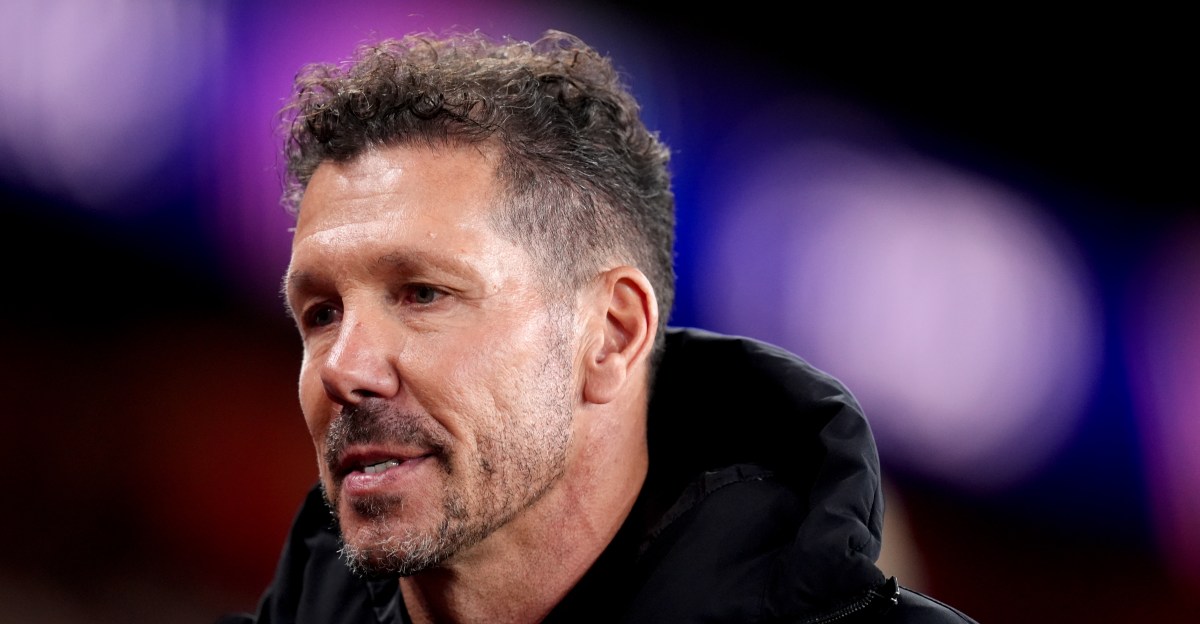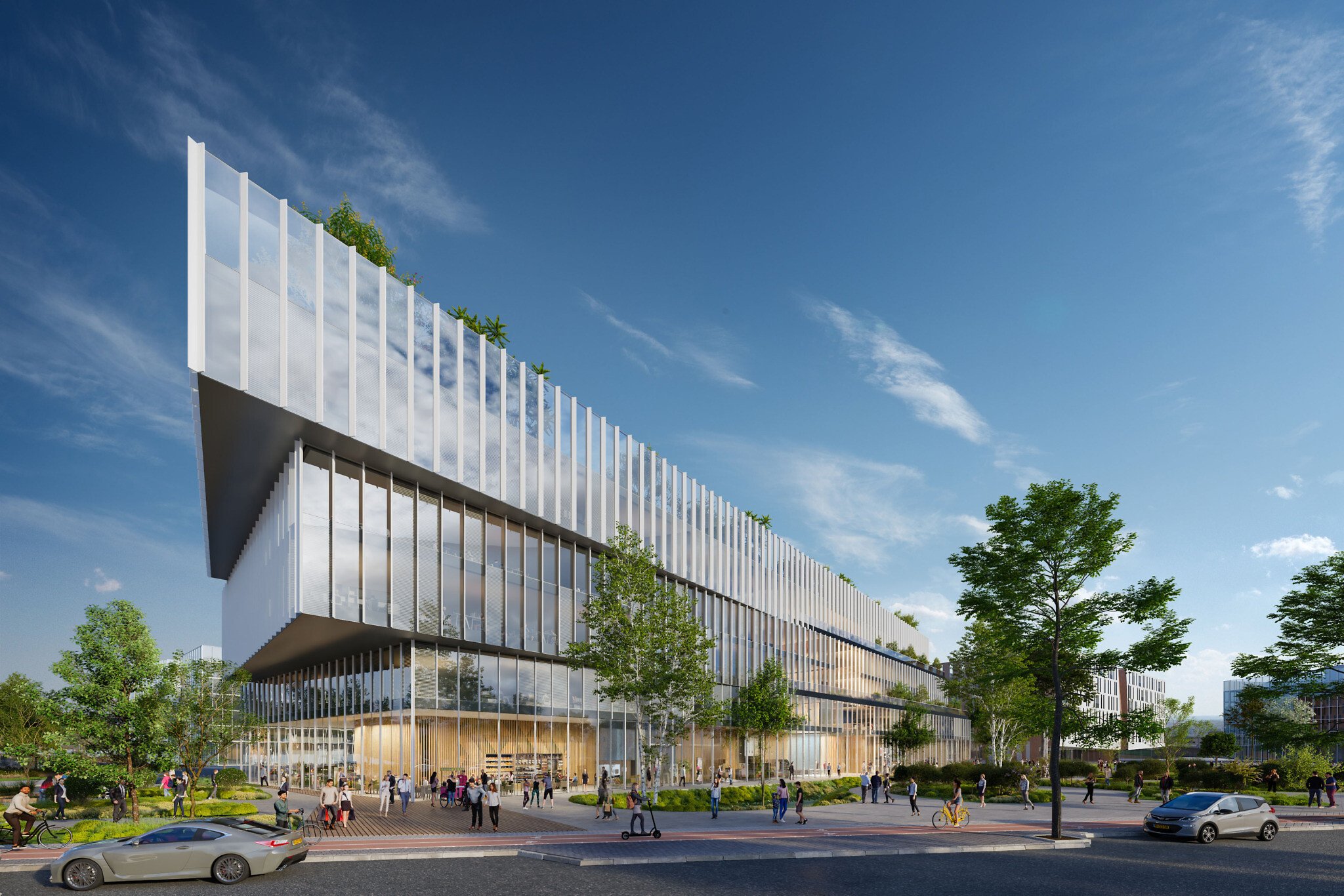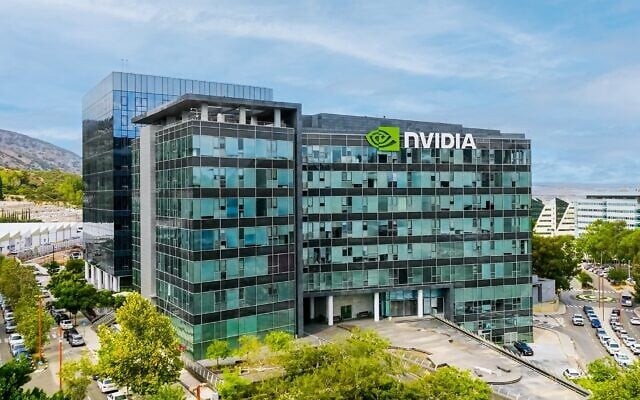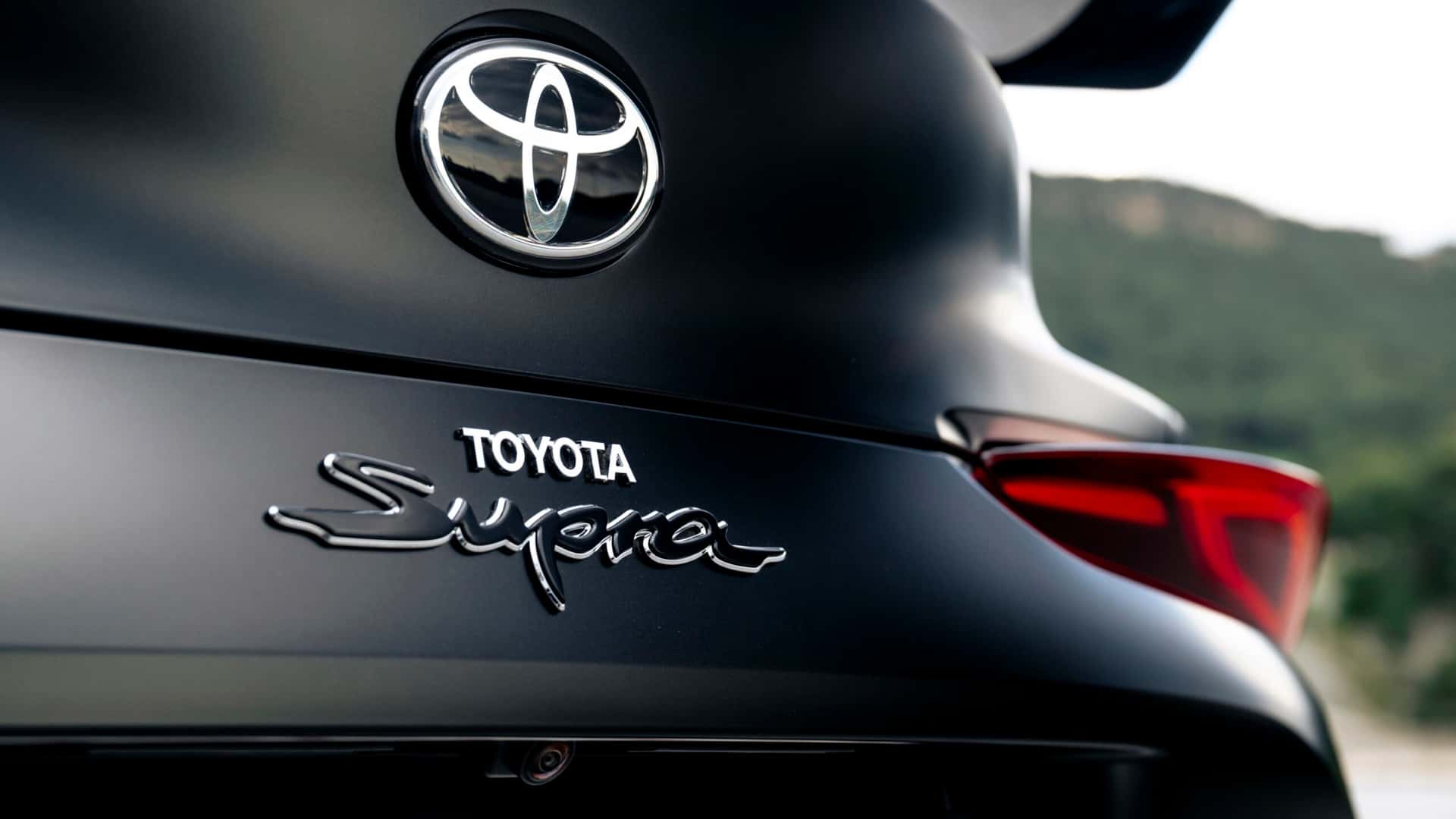-
AI data centers typically operate at 20 to 40 kilowatts per rack, with designs targeting 50 to 100 kilowatts or more; however, many can’t break ground because the grids lack sufficient capacity.
-
Power bottlenecks favor physical infrastructure companies over software optimization.
-
These businesses capture spending before chips get installed, creating revenue tied to AI deployment regardless of architecture.
-
10 stocks we like better than Vertiv ›
Artificial intelligence (AI) has an energy problem that software can’t solve. Racks of Nvidia H100-class systems commonly run 20 to 40 kilowatts, and many new AI designs target 50 to 100 kilowatts or more with liquid cooling. The result: Hyperscalers are choosing data center locations based on power grid capacity rather than tax breaks or fiber access, and utility companies are scrambling to upgrade transmission infrastructure that wasn’t designed for industrial computing loads.
This power constraint is creating winners in unglamorous businesses. Thermal management specialists are designing cooling for unprecedented heat densities. Electrical equipment makers are building distribution gear that stabilizes sudden graphics processing unit (GPU) power surges. Specialty contractors are constructing transmission lines that must be completed before facilities can break ground.
These three AI infrastructure plays capture unavoidable costs that scale with every new AI cluster, regardless of which chip architecture ultimately dominates.
Vertiv (NYSE: VRT) designs and manufactures thermal management systems, power distribution units, and turnkey modular data center halls for AI deployments. The company’s cooling solutions address the challenge of AI racks that commonly run 20 to 40 kilowatts, with many designs targeting 50 to 100 kilowatts or more compared to the 5 to 15 kilowatts traditional server racks produce, requiring both air-cooled and liquid-cooled architectures.
Q3 2025 results showed strong performance, with raised full-year guidance reflecting order backlog tied directly to AI infrastructure builds. The equipment sales model creates multiyear revenue visibility as cooling systems require regular maintenance and eventual replacement, while new data center construction drives incremental demand from hyperscalers, colocation providers, and enterprise customers.
Eaton (NYSE: ETN) manufactures electrical power distribution equipment, backup power systems, and control software for commercial and industrial customers, including data centers. The company’s data center portfolio includes uninterruptible power supplies, power distribution units, switchgear, and busway systems that manage electricity from the utility connection down to individual server racks.











